FastRedPonyCar
TPF Noob!
- Joined
- May 19, 2008
- Messages
- 1
- Reaction score
- 0
- Location
- Montgomery, AL
- Can others edit my Photos
- Photos OK to edit
Hey guys. Sorry if this is in the wrong forum section but I was talking to my dad about upgrading from my canon S50 5mp digital camera to a nice digital SLR.
I lack the funds right now to really get into the digital SLR world and he said that he had an old canon 35mm slr. So he takes out the AE-1 and says if I want it, I can have it. Why not right?
Included with the AE1 are the following:
50-200mm F3.5-4.5 zoom lens (Tokina)
Canon 28mm F2.8 Lens
Canon 50mm (either F1.8 or 1.4 I can't recall) Lens
kalimar 52mm skylite filter
Screw on lens hood
automatic mountable flash
all the manuals and stuff.
Though I'm bummed that I dont' get that instant gratification and convinence of digital pics, I think having this and a little assistance from the camera with it's "revolutionary" automatic aperture and exposure ability as well as fully manual use, It'll be a good first SLR camera to learn on and once I'm familiar with how it all works, move up to a more advanced digital camera.
Now for some questions.
The batteries in the flash bled all over the inside of the flash so it's pretty much done for. Can anyone recommend a good replacement flash (preferably one that you can tilt the flash direction) Will ANY modern flash work or does it require one of the older models?
The websites I'm reading about the camera talk about a needle in the view finder. I don't see this. The battery is still the one that was in the camera when it was last used (who knows how long ago) and I'm wondering if the needle shows up with a healthy battery or if my particular model doesn't have this?? I DO see the little red M or green P and the red number indicating reccomended lens setting so I'm assuming this to indicate a properly functioning camera. Any explanation about the missing needle?
It came with 2 rolls of fuji 100 speed film. I'm going through these basically to test the camera to make sure it works and if it's taking decent pictures, great but I'm still just playing around with the aperture/iso/shutter speeds in various lighting conditions right now to see how the little auto sensor works out for me. What would everyone recommend as a decent film to use with this for both lower light band performances in bars and still/nature shots. I know they're totally opposite so if it needs different film speed/type, that's fine.
What type of lenses would you guys recommend for both low lighting and basic nature shots. While I'm not necessarily NEEDING a wide angle or fish eye or macro, specialty lenses like that could be fun to experiment with. If the lenses I have are good for high quality all around use, that's fine but if I want to step up to one or two really nice lenses that can shoot in a variety of lighting conditions, I'm interested in that. A friend of mine recommended getting a polarizing filter. Where can I find one of these that will fit? And are they as good/necessary as he says they are?
Also, I dig the old retro 70's and 60's looking photos where the colors are not as vibrant or rich. While I haven't had any of these pictures developed yet to see what they'll look like, will I need to use photoshop after I get them developed to achieve this look or will the fact that the camera was made back in the day help contribute to this? Or is there a specific type film with lower color quality that could help me get this effect?
I've been reading several photography websites to try and get as much info as possible. Our local camera stores have photo classes I'm thinking of attending if they even cater to the 35mm SLR crowd anymore. Any supplemental literature would work whether it's online or in a book store.
Anyways sorry for all the questions. I didn't know if this belonged in the beginners section or this section so I figured the film photo guys/gals would be the best section to ask first.
Thanks!
- Drew
I lack the funds right now to really get into the digital SLR world and he said that he had an old canon 35mm slr. So he takes out the AE-1 and says if I want it, I can have it. Why not right?
Included with the AE1 are the following:
50-200mm F3.5-4.5 zoom lens (Tokina)
Canon 28mm F2.8 Lens
Canon 50mm (either F1.8 or 1.4 I can't recall) Lens
kalimar 52mm skylite filter
Screw on lens hood
automatic mountable flash
all the manuals and stuff.
Though I'm bummed that I dont' get that instant gratification and convinence of digital pics, I think having this and a little assistance from the camera with it's "revolutionary" automatic aperture and exposure ability as well as fully manual use, It'll be a good first SLR camera to learn on and once I'm familiar with how it all works, move up to a more advanced digital camera.
Now for some questions.
The batteries in the flash bled all over the inside of the flash so it's pretty much done for. Can anyone recommend a good replacement flash (preferably one that you can tilt the flash direction) Will ANY modern flash work or does it require one of the older models?
The websites I'm reading about the camera talk about a needle in the view finder. I don't see this. The battery is still the one that was in the camera when it was last used (who knows how long ago) and I'm wondering if the needle shows up with a healthy battery or if my particular model doesn't have this?? I DO see the little red M or green P and the red number indicating reccomended lens setting so I'm assuming this to indicate a properly functioning camera. Any explanation about the missing needle?
It came with 2 rolls of fuji 100 speed film. I'm going through these basically to test the camera to make sure it works and if it's taking decent pictures, great but I'm still just playing around with the aperture/iso/shutter speeds in various lighting conditions right now to see how the little auto sensor works out for me. What would everyone recommend as a decent film to use with this for both lower light band performances in bars and still/nature shots. I know they're totally opposite so if it needs different film speed/type, that's fine.
What type of lenses would you guys recommend for both low lighting and basic nature shots. While I'm not necessarily NEEDING a wide angle or fish eye or macro, specialty lenses like that could be fun to experiment with. If the lenses I have are good for high quality all around use, that's fine but if I want to step up to one or two really nice lenses that can shoot in a variety of lighting conditions, I'm interested in that. A friend of mine recommended getting a polarizing filter. Where can I find one of these that will fit? And are they as good/necessary as he says they are?
Also, I dig the old retro 70's and 60's looking photos where the colors are not as vibrant or rich. While I haven't had any of these pictures developed yet to see what they'll look like, will I need to use photoshop after I get them developed to achieve this look or will the fact that the camera was made back in the day help contribute to this? Or is there a specific type film with lower color quality that could help me get this effect?
I've been reading several photography websites to try and get as much info as possible. Our local camera stores have photo classes I'm thinking of attending if they even cater to the 35mm SLR crowd anymore. Any supplemental literature would work whether it's online or in a book store.
Anyways sorry for all the questions. I didn't know if this belonged in the beginners section or this section so I figured the film photo guys/gals would be the best section to ask first.
Thanks!
- Drew



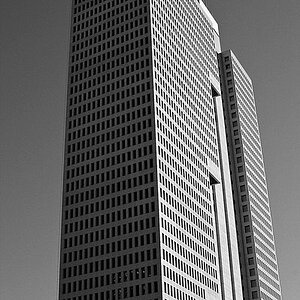
![[No title]](/data/xfmg/thumbnail/37/37611-325cc048f59de7016225f9d516b910ee.jpg?1619738149)
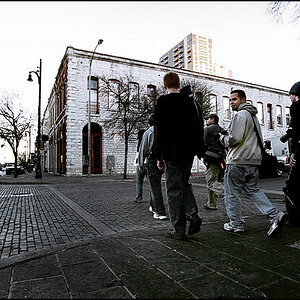
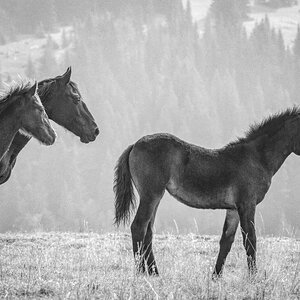
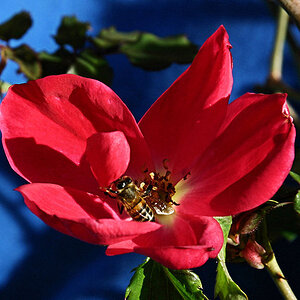
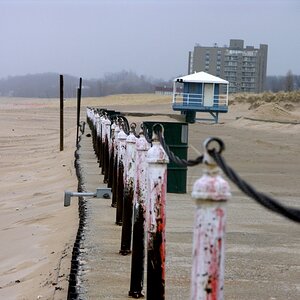
![[No title]](/data/xfmg/thumbnail/37/37614-3833b9d2e46075829c91cf9c0f47af69.jpg?1619738150)

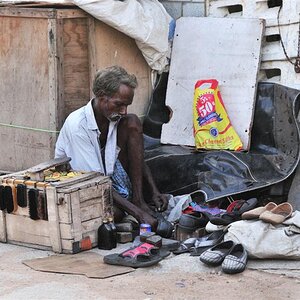
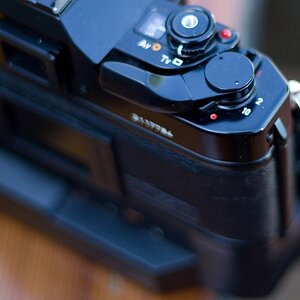
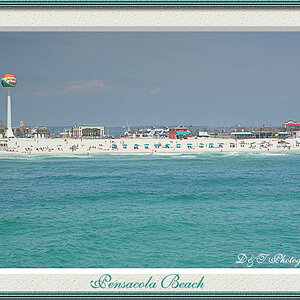
![[No title]](/data/xfmg/thumbnail/31/31979-ea92aca54ae865842d998c9cec534991.jpg?1619735137)